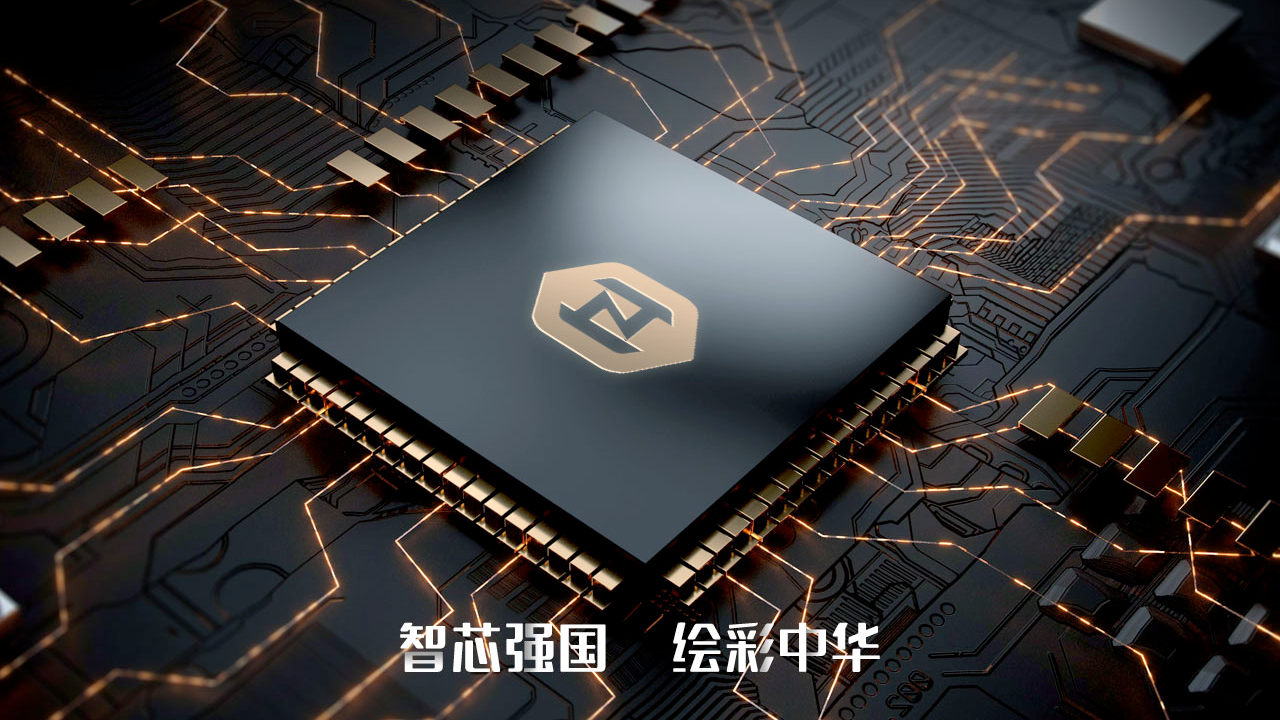
Chinese GPU Targets GeForce GTX 1650 Performance
Zhihui Microelectronics, a China-based developer of graphics processors, has introduced its first GPU. The graphics chip targets a performance level to that of Nvidia’s GeForce GTX 1650 while promising a higher energy efficiency.
Zhihui’s IDM929 graphics processor is based on the company’s proprietary IDMV architecture, but the company does not disclose its feature set. The only things we know is that the GPU has a pixel fill rate of 19.2 GPixels/s, a texture fill rate of 76.8 GTexel/s and compute performance of 2.5 TFLOPS (presumably FP32), which is comparable to that of Nvidia’s GeForce GTX 1650 (which was released in mid-2020). The graphics processor also supports video decoding in H.264, MPEG2, MPEG4, VC-1, DivX, and VP6 formats. Meanwhile, the unit has four display engines and supports DVI, HDMI, and D-Sub/VGA interfaces.
The GPU is made using a 14nm-class process technology, which could possibly mean that it is made by Semiconductor Manufacturing International Corp. (SMIC). It has a clock frequency of up to 1.2 GHz, which is a relatively low frequency for a chip made on a 14nm node. It is possible that at 1.2 GHz, the chip has a very low power consumption.
From a performance point of view, it is unlikely that the IDM 929 will join the ranks of the best graphics cards for gaming, but since this is the first GPU from Zhihui, it was unlikely to compete against top graphics boards from AMD and Nvidia. Still, performance of GeForce GTX 1650 is enough for office PCs and even for basic home theater PCs.
Zhihui Microelectronics is a new name in the rapidly developing Chinese GPU industry, but its main investor Hangzhou Guoxin Technology is a relatively well-known developer of embedded system-on-chips for applications like TVs. That said, it is possible that Zhihui will target primarily embedded applications, at least initially. Meanwhile, Zhihui and Guoxin intend to offer a platform consisting of a CPU and GPU, though it is not directly said whether it will be aimed at PCs or embedded applications.

